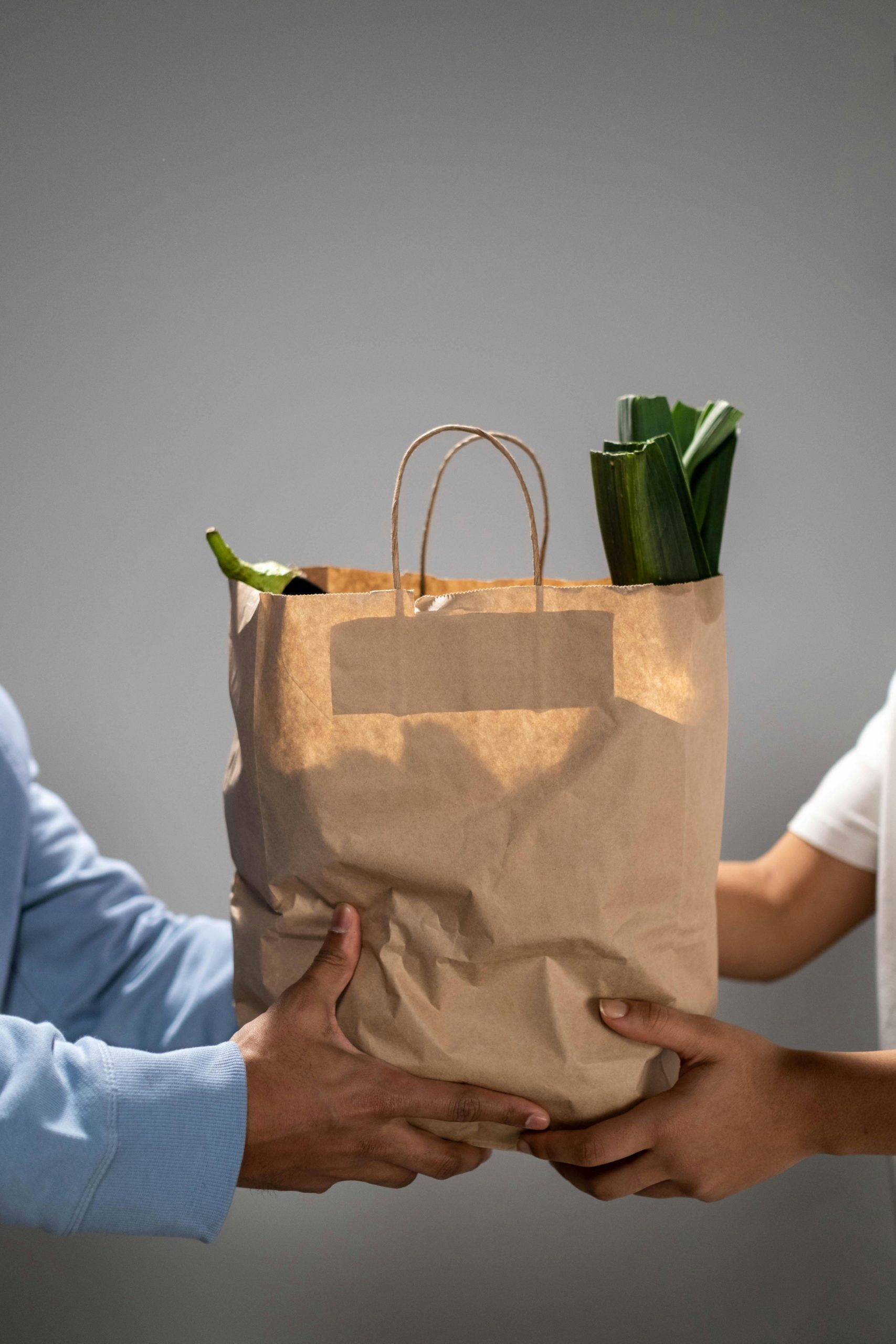The produce section is a key area for grocery savings. Deals on fresh fruits and vegetables can help you eat healthily on a budget. However, not every promotion or sale in the produce aisle represents true value. Some “deals” can be misleading, encouraging you to buy items of lower quality or in quantities that lead to waste. A savvy shopper knows how to look past the appealing price tag to assess the real value. Being aware of these common pitfalls helps you make smarter choices. Here are six types of produce “deals” that might not be as good as they seem.

1. Pre-Bagged Produce with Hidden Blemishes
Grocery stores often sell items like apples, oranges, potatoes, or onions in pre-sealed bags at what seems like a lower price per pound than buying them loose. However, these bags make it impossible to inspect each individual piece of produce. They can sometimes contain bruised, soft, or starting-to-spoil items hidden in the middle. If even one or two pieces are unusable, the per-pound savings might be negated by the waste. Always try to inspect the bag from all angles.
2. “Buy One, Get One Free” on Highly Perishable Items
A BOGO deal on something with a long shelf life is great. A BOGO deal on highly perishable items like bagged salads, fresh berries, or ripe avocados can be a trap. Unless you have a large family or a specific plan to use both packages immediately, the “free” item often spoils before you can get to it. Wasting the second item means you effectively paid full price for the first, completely negating the deal. Be realistic about consumption speed.
3. “Imperfect” Produce That’s Just Old
Selling “ugly” or cosmetically imperfect produce at a discount is a fantastic way to reduce food waste and offer savings. However, be sure to distinguish between merely misshapen produce (like a crooked carrot) and produce that is actually old or starting to spoil. Sometimes, items in these sections are simply past their prime. Look for signs of wilting, soft spots, or sliminess. A deal isn’t a deal if the food is already on the verge of going bad.
4. Convenience Packs with Poor Unit Pricing
The ultimate “deal” saves you both time and money. However, pre-cut, pre-washed, or pre-packaged convenience produce almost always comes at a steep markup. Think pre-sliced mushrooms, diced onions, or fruit platters. While they might be included in a store promotion, their unit price (cost per pound) is still typically much higher than their whole, unprepared counterparts. The “deal” is on an already overpriced item.
5. Large Bulk Bins for Items You Use Sparingly
Buying produce from bulk bins can be economical if you buy only what you need. However, the open nature of bins can tempt shoppers to buy a larger quantity than necessary, especially for items they use infrequently, like specialty nuts or dried fruits for a single recipe. If the excess portion sits in your pantry and goes stale, the initial bulk saving is lost. The deal is in portion control, not just the low unit price.
6. Front-Page “Loss Leader” Deals Designed to Lure You In
Sometimes a store advertises an incredible, rock-bottom price on a popular produce item, like strawberries for 99 cents a pound. This is often a “loss leader” – a deal so good the store might lose money on it. Its purpose is not just to sell that one item. It’s to get you into the store, assuming you will then buy many other higher-margin, regular-priced items during your trip. The produce deal is real, but it’s a strategic tool to encourage broader spending.
Look for Quality and Usability, Not Just Price
Finding genuine deals in the produce section is a key skill for frugal, healthy shopping. However, it requires a critical eye. Don’t be swayed by a low price tag alone. Always inspect the quality of the produce, be wary of pre-bagged items that hide flaws, and be realistic about how much you can consume before perishable items spoil. Understanding the difference between a true bargain and a clever merchandising tactic will help you get the most value for your money. Your goal is to buy produce that is both affordable and delicious.
What produce “deals” do you tend to be most skeptical of? What are your best strategies for finding true value and high quality in the produce aisle? Share your shopping tips below!
Read More
6 Ways BOGO Deals Can Deceive You (And How to Calculate True Value)
10 Eye-Opener Stats About Grocery Store Deals That Could Save Serious Cash
The post 6 Produce ‘Deals’ That Might Not Be as Good as They Seem appeared first on Grocery Coupon Guide.







